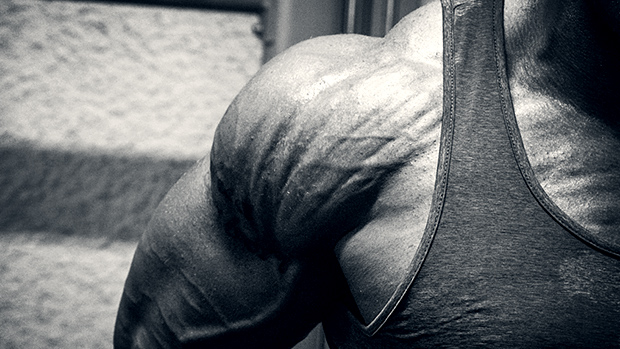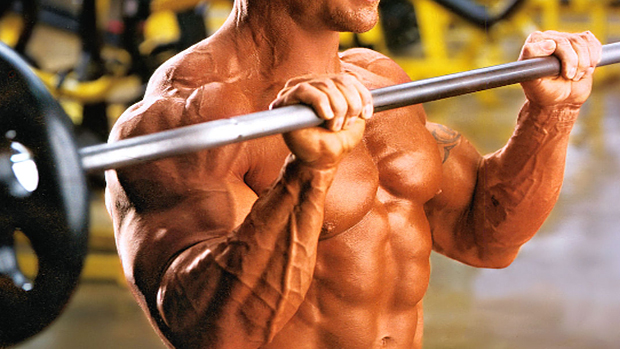Always Do Full Range of Motion?
Partial reps can be extremely beneficial for building strength. Incorporating them into your workouts can help you to develop strength better than just exclusively going "full range of motion" in many common pressing and lower body exercises.
1 Full Range Then Partials With Same Weight
This is the simplest, most straightforward example of using partial rep ranges. Just extend a set by doing mechanical partial reps immediately after you're no longer able to perform full range of motion reps with a given weight.
2 Full Range Then Partials With Heavier Weight
Do 2-3 sets of full range of motion reps in a given exercise. Then, do a few more sets (2-3) of mechanical partial reps on that same exercise, using a heavier load for roughly the same number of reps as the full range of motion sets.
When it comes to squats, though, do full range of motion barbell squats, followed by partial range reps of a unilateral (one legged) squat variation, like split squats. This creates big loads on the lower body without beating up the spine as much.
3 Partials Then Full Range With Lighter Weight
Do a few partial-range sets of an exercise followed by a few full-range reps using a lighter weight. To put it another way, the mechanical partial reps sets are done first using heavy loads for lower reps (4-6 reps or less), and the full range of motion sets are done using lighter loads for another 4-6 reps, or lighter still for even higher reps (6-15).
- Trap Bar Deadlift: Full range reps using the low handle and mechanical partial reps using the high handles.
- Chin-Up and Pull-Up: Do partials by pulling yourself a third of the way up.
- Lat Pulldown: Do partials by pulling the bar a third of the way down.
For the following exercises, do partials in the top third of the movement.
- Barbell Squat
- Romanian Deadlift
- Split Squat and Bulgarian Split Squat
- Push-Up
- Bench Press, Flat and Incline
- Dumbbell Press, Flat and Incline
- Overhead Press, Barbell or Dumbbell
Chest presses and squats are both examples of exercises that are most difficult at the bottom of the range of motion. This is where the lever arm is the longest. The motion becomes easier as you get closer to the top of the range of motion because that's where the lever arm is shortening, which gives you a mechanical advantage on the weight.
A recent study compared the results from a group that trained with only full range of motion squats (for 6 sets) to a group that trained with a combination of full range of motion squats and partial range squats (for 3 sets each). Both groups trained twice per week.
At the conclusion of the seven-week study, both groups improved their squat strength, but the group that did the combination of full and partial range of motion reps got superior results.
This was somewhat predictable. Using a weight that you can move during the most difficult part of the range of motion (where the lever arm is the longest) means that the load would be too light to create sufficient overload stimulus in the less difficult ranges of motion (where the lever arm is shorter).
The take-home point of this research is that there's no way a full range of motion will elicit full-range strength adaptations. Plus, in looking at resistance exercise this way, you also understand that the weight you're lifting isn't limited to how strong you are in the entire range of motion involved in the given exercise movement. It's limited to where the lever is the longest during that given movement.
This is an excellent reason to incorporate partial reps into your training – so that you can provide the same relative overload to an area of the range of motion that involves a shorter lever arm.
For example, in the case of doing a dumbbell press or bench press, mechanical partials involve moving the bar or dumbbells only through the top third of the range of motion. Since this is the part of the range of motion that involves a shorter lever arm, the weight used is heavier than what was used to perform the full range of motion reps.
- Bazyler CD et al. The Efficacy of Incorporating Partial Squats in Maximal Strength Training. J Strength Cond Res. 2014 Nov;28(11):3024-32.




